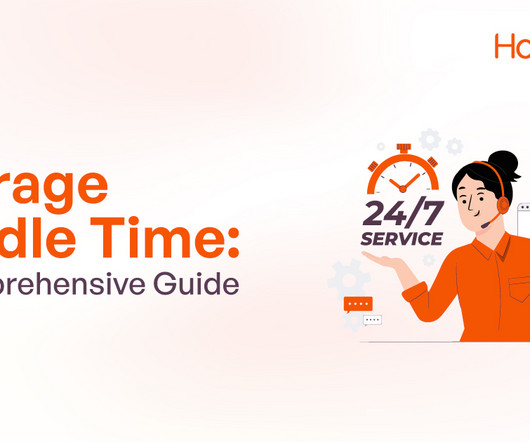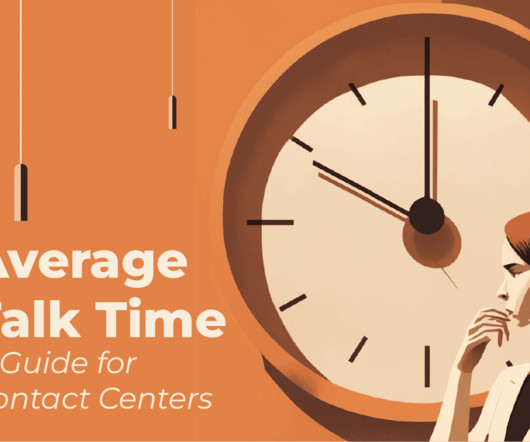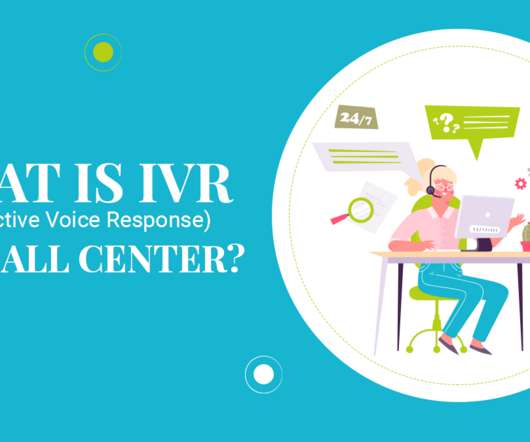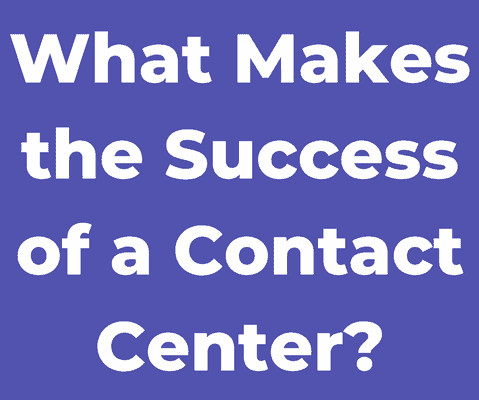Average Handle Time: A Comprehensive Guide
Hodusoft
JULY 3, 2023
Average Handle Time: A Comprehensive Guide In the call center industry, time is a lot more valuable than money. When agents learn to make the most of their stipulated time and provide superior customer service within that, then nothing can stop money from pouring in. What is Average Handle Time (AHT)?















Let's personalize your content